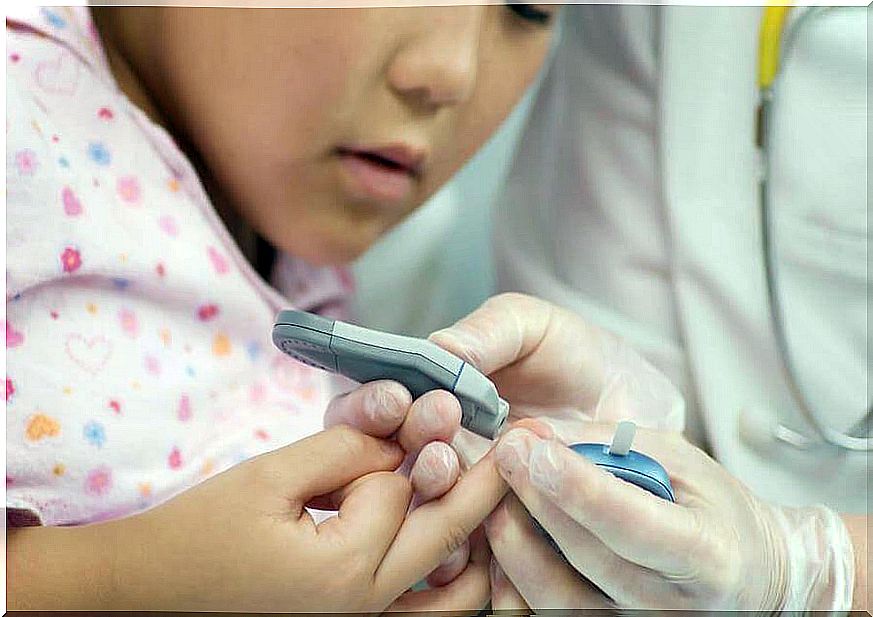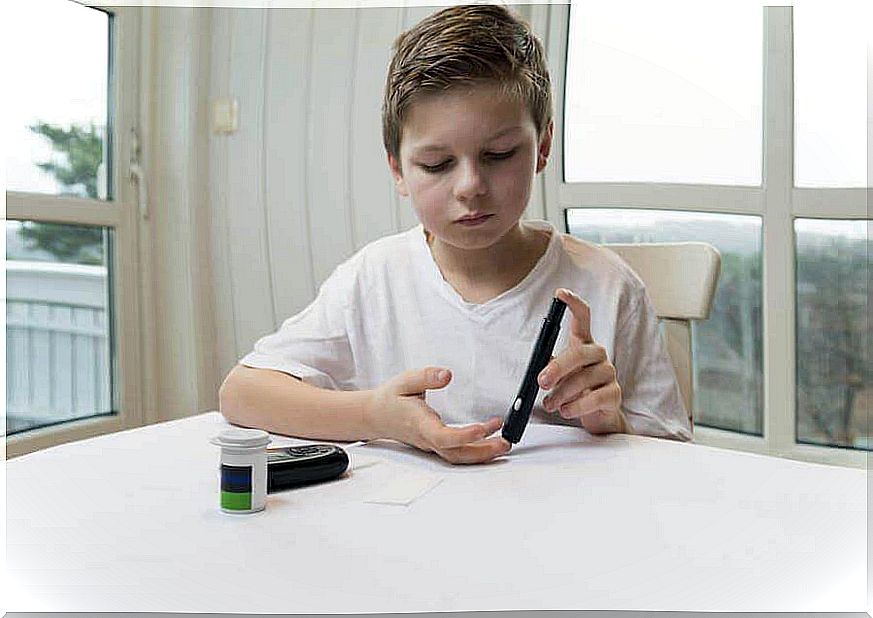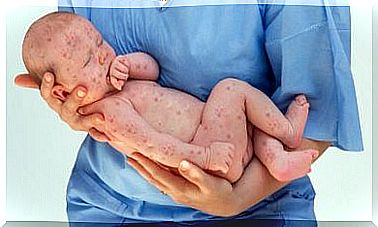Childhood Diabetes Warning Signs – Parenthood

Childhood diabetes is a disease that over time has spread dramatically. According to the World Health Organization, its prevalence has increased by 5 to 10% in the world population.
Diabetes develops when the body stops making a very important hormone called insulin. The latter can be replaced by resorting to special treatment.
At first, diabetes can be very uncomfortable for the child. If his age allows it, he will have to learn to give himself the injections, to know his blood sugar levels and to control his carbohydrate level with a special machine.
Childhood diabetes requires constant attention. The control of insulin delivery and controls of blood sugar level have improved tremendously with advancements in technology. Those who suffer from this disease therefore now have better treatment.
Childhood Diabetes Warning Signs
Symptoms
Usually, the symptoms of diabetes in children come on quickly. They can develop in a matter of days or weeks. Some of these symptoms can be:
- Stronger urges to urinate. A lot of sugar builds up in the child’s blood vessels. For this reason, he develops a greater thirst. More frequent fluid intake will increase the urge to urinate. If the child is small, he is likely to wet the bed.
- Greater appetite. When the level of insulin is too low to allow sugar to move, organs and muscles lose energy. This will translate into an increase in appetite on the body.
- Weightloss. One of the first symptoms of childhood diabetes is weight loss. This happens even if the disease causes an increase in appetite and even if the child eats more than usual. In fact, without the sugar needed for energy production, muscle tissue is used as body fat stores.
- Fatigue or lack of energy. The simple fact of not having enough sugar in the body will make the child feel constantly tired.

- Behavior changes. The mood swings will likely be constant. It is very common for a child’s moral state to quickly change from a state of joy to a state of depression or even to a state of anger.
- Breath with a fruity smell. By burning fat instead of sugar, the body creates certain substances called ketones. This causes a fruity smell on the breath.
- Blindness or blurred vision. It is likely that this disease causes some blindness. High blood sugar levels can damage crystal fluid and affect vision.
- Candidiasis. More specifically, girls with diabetes can most likely suffer from genital candidiasis.
Causes
There is no specific cause for the onset of childhood diabetes. However, in most cases of diabetes, the body’s immune system fights viruses and bacteria by destroying cells in the pancreas. However, the latter is an insulin producer.
The purpose of insulin is to transport sugar (glucose) around the body through blood vessels. Usually, sugar enters the blood vessels after eating food. By destroying the islets of the pancreas, the child produces little insulin. The consequence is therefore an accumulation of glucose in the blood vessels. This can have dramatic consequences on the life of the child.
Prevention
Currently, there is no miracle solution to treat or predict the onset of type 1 childhood diabetes. However, certain tests exist to ensure that the child has the antibodies associated with this disease. However, the presence of these antibodies does not make the development of the disease inevitable.
Scientists are in constant research to try to predict childhood diabetes in people at high risk of developing the disease. Other scientists are focusing on preventing the destruction of islet cells in people who have already been diagnosed.

Today, there is nothing to do when a child is diagnosed with diabetes. But the following actions can help when certain problems arise:
- Help maintain good control of blood sugar levels.
- Learn the importance of a healthy and varied diet associated with the practice of a sports activity.
- Schedule medical consultations to treat the child’s illness. The most recommended is to carry out an annual inspection visit.
It is important to keep these symptoms in mind so that you can take the necessary precautions when a problem or situation associated with childhood diabetes arises.









